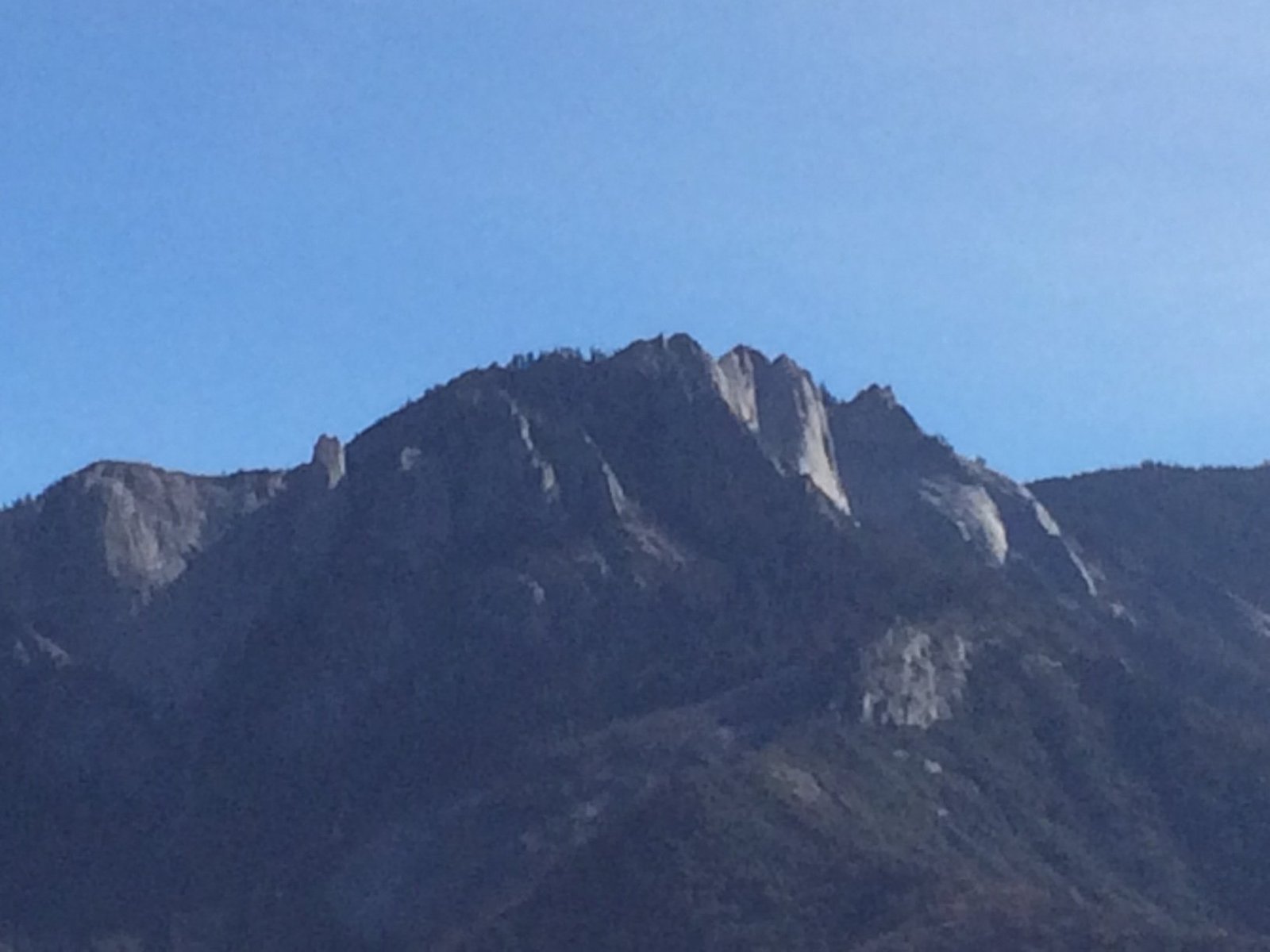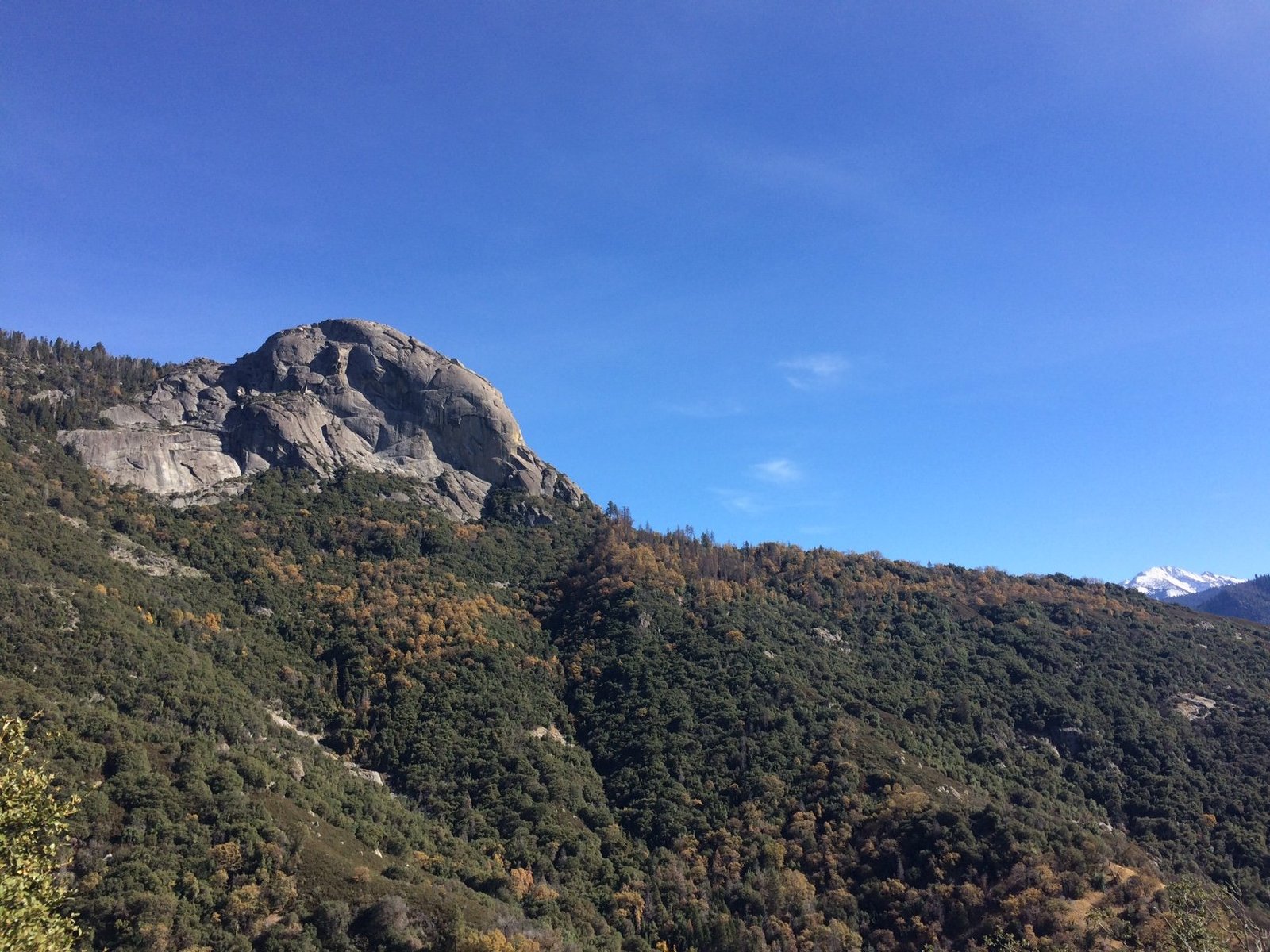Climate change in Sequoia National Park is causing significant environmental shifts. The park has experienced a 2.6°F increase in mean annual temperature since the early 20th century, with nighttime temperatures rising even more dramatically. This warming trend has led to decreased snowpack, increased tree mortality, and heightened wildfire risk. The park is implementing various adaptation strategies to mitigate these impacts, including prescribed burning and forest thinning.
What Are the Specific Temperature Changes Affecting Sequoia Trees?

The temperature changes in Sequoia National Park have been substantial and are directly impacting the iconic sequoia trees:
- Mean annual temperature increase: 2.6°F (1.4°C) since early 20th century
- Nighttime temperature rise:
- 3.6°F (2°C) at Huntington Lake station
- 5°F (2.8°C) at Grant Grove station
These temperature shifts are causing:
- Reduced snowpack
- Increased tree mortality rates
- Higher wildfire risk
Impact on Sequoia Trees
The warming trend has led to a doubling of tree mortality rates in mid-elevation, old-growth Sierran mixed-conifer forests from 1983 to 2007. The warmer conditions have also contributed to an increase in the area burned by wildfires relative to natural levels from 1984 to 2015.
How Are Drought Conditions Affecting Sequoia Tree Mortality?

Drought conditions in Sequoia National Park have become more frequent and severe, despite no statistically significant trends in average annual precipitation from 1895 to 2017. These droughts, often associated with warmer temperatures, are having a profound impact on the park’s ecosystems, particularly the sequoia trees.
Key impacts include:
- Increased water stress on trees
- Higher vulnerability to pests and diseases
- Widespread tree mortality, especially in mid-elevation forests
The 2012-2016 drought, for example, led to significant tree mortality rates across the park. This combination of drought and warmer temperatures has created a challenging environment for sequoia trees to thrive.
What Climate Adaptation Strategies Are Being Implemented?
To mitigate the impacts of climate change on sequoia trees, Sequoia National Park has implemented several adaptation strategies:
- Ecosystem Management
- Prescribed burning to reduce fuel loads
-
Forest thinning to improve tree health and resilience
-
Research and Monitoring Programs
- Tracking climate changes and their impacts on park ecosystems
-
Studying tree mortality, snowpack, and precipitation patterns
-
Collaborative Efforts
- Partnerships with universities and other agencies
- Community engagement and education initiatives
These strategies are part of broader National Park Service efforts to address climate change, although specific funding amounts are not detailed in the available sources.
What Visitor Guidelines and Educational Programs Are Available?
Sequoia National Park offers various educational programs and visitor guidelines to raise awareness about climate change impacts:
Educational Programs
- Ranger-led programs
- Guided walks
- Educational materials focusing on climate change impacts
These programs are designed to educate visitors about:
– The importance of conservation
– Steps being taken to mitigate climate change effects
– The unique challenges facing sequoia trees
Program Details
| Aspect | Information |
|---|---|
| Cost | Typically free or low-cost |
| Scheduling | Year-round availability |
| Accessibility | Many programs accessible to visitors with disabilities |
Visitors can check the park’s website or contact the visitor center for specific schedules and details.
How Is Climate Change Affecting Precipitation Patterns in the Park?
While there haven’t been statistically significant trends in average annual precipitation from 1895 to 2017, the park has experienced changes in precipitation patterns:
- More frequent and severe droughts
- Shifts in the timing of precipitation
- Reduced snowpack
These changes are having cascading effects on the park’s ecosystems:
- Altered water availability for plants and animals
- Changes in vegetation patterns
- Increased stress on water-dependent species
The park is closely monitoring these changes to inform management decisions and adaptation strategies.
What Are the Long-term Projections for Climate Change in Sequoia National Park?
Long-term climate projections for Sequoia National Park indicate continued warming trends:
- Projected temperature increase: 4.5°F to 7.5°F by the end of the 21st century
- Potential shifts in vegetation zones
- Increased frequency and severity of wildfires
These projections are based on various climate models and scenarios. The park is using this information to develop long-term management plans and adaptation strategies.
How Can Visitors Contribute to Climate Change Mitigation in the Park?
Visitors to Sequoia National Park can play a role in climate change mitigation:
- Practice Leave No Trace principles
- Use public transportation or carpool when visiting
- Participate in educational programs to learn about climate impacts
- Support park conservation efforts through donations or volunteer work
- Reduce personal carbon footprint in daily life
By taking these actions, visitors can help preserve the park’s unique ecosystems for future generations.
What Research Is Being Conducted on Climate Change in Sequoia National Park?
Ongoing research in Sequoia National Park is crucial for understanding and addressing climate change impacts:
- Tree Ring Studies
- Analyzing historical climate patterns
-
Understanding long-term tree growth trends
-
Wildlife Impact Assessments
- Studying changes in animal behavior and migration patterns
-
Assessing habitat shifts due to climate change
-
Soil and Water Research
- Monitoring changes in soil moisture and composition
-
Assessing impacts on water resources and quality
-
Fire Ecology Studies
- Investigating changes in fire frequency and intensity
- Developing improved fire management strategies
This research informs park management decisions and contributes to broader scientific understanding of climate change impacts in mountainous ecosystems.
How Is Climate Change Affecting Biodiversity in Sequoia National Park?
Climate change is having diverse effects on biodiversity in Sequoia National Park:
- Shifts in Species Distribution
- Some species moving to higher elevations
-
Changes in plant community composition
-
Phenological Changes
- Alterations in timing of flowering, breeding, and migration
-
Potential mismatches between species interactions
-
Invasive Species Pressure
- Increased vulnerability to non-native species invasions
-
Changes in competitive dynamics between species
-
Habitat Fragmentation
- Climate-induced changes leading to habitat loss for some species
- Increased stress on endemic species with limited range
Park managers are monitoring these changes and developing strategies to support biodiversity conservation in the face of climate change.
In conclusion, climate change in Sequoia National Park presents significant challenges for both the natural ecosystems and park management. Through ongoing research, adaptive strategies, and public education, the park is working to mitigate these impacts and preserve its unique natural heritage for future generations.
References:
- [Sequoia and Kings Canyon National Parks Temperature and Precipitation Trends][4]
- [Anthropogenic Climate Change in Sequoia and Kings Canyon National Parks][5]
- [Climate Change Trend Assessment for Sequoia National Forest][3]

